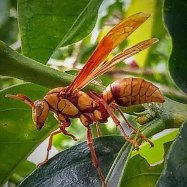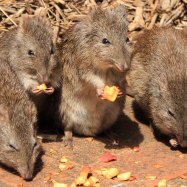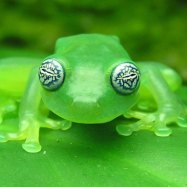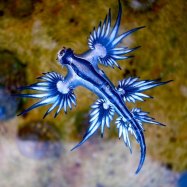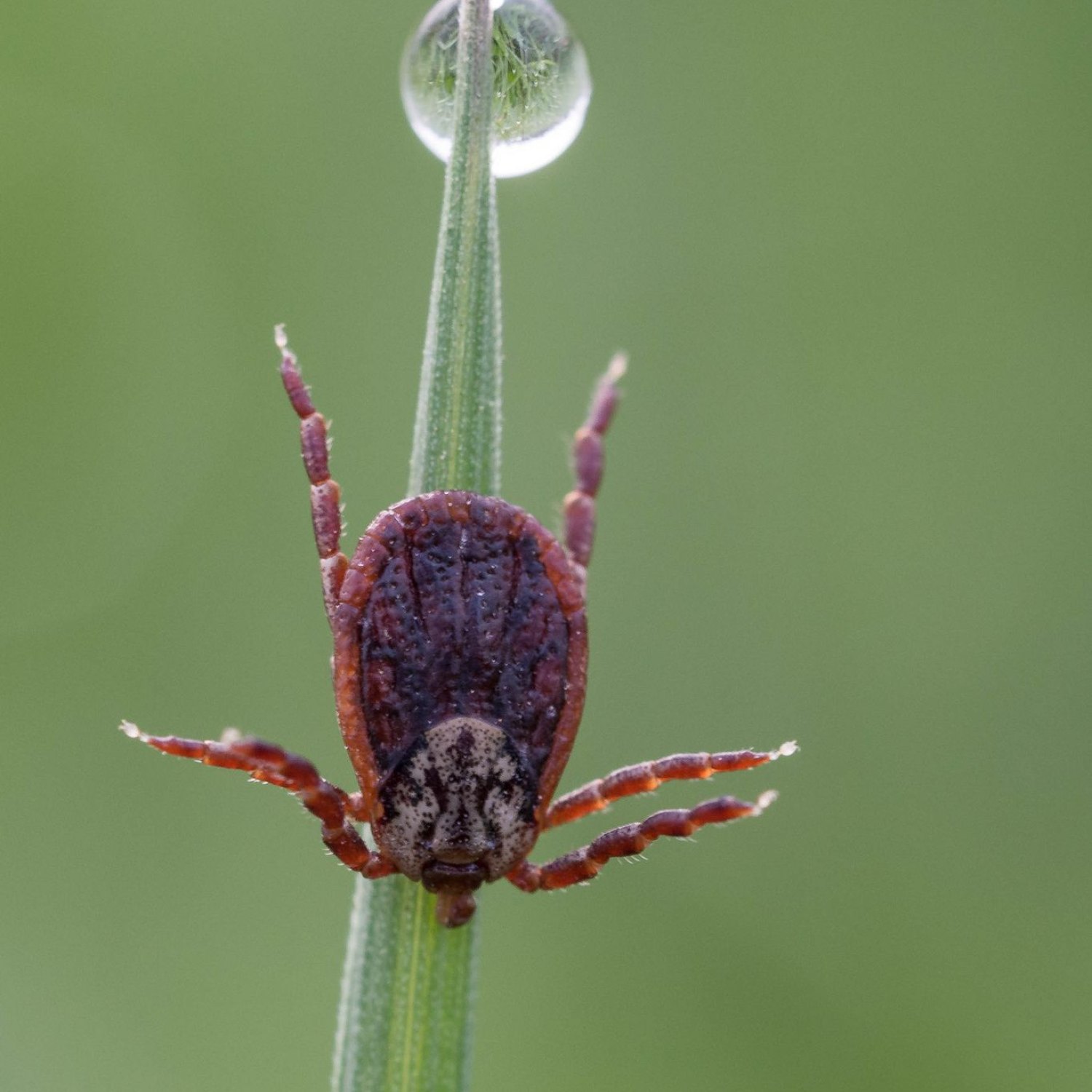
Tick
1-10 mm
Ticks are small, oval-shaped animals found all around us, measuring just 1-10 mm in length. They belong to various families and can be found in different locations. Despite their tiny size, ticks can pose serious health risks to humans and animals. Make sure to take preventive measures and seek medical care if you find a tick on yourself or your pet. Remember, it's always important to stay informed and stay safe! #ticks #animals #health #prevention
Animal Details Summary:
Common Name: Tick
Kingdom: Animalia
Habitat: Grasslands, forests, and shrublands
The Tiny But Mighty Tick: How This Creature Survives Around The World
If you've ever gone on a hike, played in the backyard, or even just walked through a grassy area, chances are you've come across a tick. These small, oval-shaped creatures may seem insignificant and harmless, but they are in fact one of the most successful creatures on the planet.Ticks belong to the scientific class Ixodida, commonly known as ticks. They are classified under the kingdom Animalia, phylum Arthropoda, and class Arachnida, making them related to spiders and scorpions Tick. Ticks are also part of the order Ixodida and their family varies depending on the species. With such a wide global distribution, ticks have managed to adapt to a multitude of habitats, including grasslands, forests, and shrublands.
One of the most fascinating things about ticks is their feeding method, which is ectoparasitic. This means that ticks feed externally, by attaching themselves to their hosts and sucking their blood. This may sound like a gruesome way of life, but for ticks, it's the key to their survival.
Geographically, ticks can be found worldwide, making their country of origin unknown. They have also been known to survive in extreme environments such as the Arctic and can also adapt to various habitats, from wild animals to domestic pets and even humans. This adaptability is what makes ticks such a successful and dominant species.
The Tick's Physical Characteristics
Ticks come in various shapes and sizes, but they all share some common features Tamarin. Their body shape is small, typically measuring between 1 to 10 millimeters in length. Some ticks can grow up to 20 millimeters, but those are a rare and extreme case.One of the most noticeable physical characteristics of a tick is their coloration, which varies depending on the species. Some ticks have a dark brown or black color, while others have a reddish, yellowish, or even grayish appearance. This diversity in color allows ticks to blend in with their environment, making it easier for them to go unnoticed and hunt for potential hosts.
Ticks also have a tough, outer shell, known as the exoskeleton, which protects their fragile bodies. This exoskeleton can expand as the tick feeds, allowing them to consume up to 100 times their initial body weight in blood.
The Tick's Life Cycle
Like most insects, ticks also go through a life cycle that consists of four stages: egg, larva, nymph, and adult. The life cycle of a tick can last from a few months to several years, depending on the species and environmental conditions.The female tick lays eggs, typically on the ground or on leaves, and can lay up to thousands of eggs at a time. The eggs hatch into larvae, which are the first feeding stage of the tick's life cycle. The larvae then feed on a small host, such as a bird or small rodent, and after they have fed, they molt into nymphs.
Nymphs are the second feeding stage, and they require a larger host, like a deer or dog, to feed on. After feeding, nymphs molt into adult ticks. Adult ticks are the most dangerous and largest stage of a tick's life cycle. They require a large host and are capable of transmitting diseases to their host, making them a potential threat to humans.
The Dangers of Ticks
Ticks may seem like small and insignificant creatures, but they can pose serious dangers to both humans and animals. One of the most common risks associated with ticks is their ability to carry and transmit diseases.Ticks are known to transmit a variety of diseases, including Lyme disease, Rocky Mountain spotted fever, and tick-borne encephalitis. These diseases can cause serious health issues, ranging from mild symptoms like fever and headaches to more severe conditions, including paralysis and even death.
Ticks can also harm livestock and pets, causing anemia, skin irritation, and other health problems. In some cases, ticks can even cause paralysis in animals if they attach in certain areas, such as the neck or spine.
Preventing Tick Bites
Ticks are most active during the warm months, from spring to fall, which is when most people are also spending time outdoors. This is why it's essential to take precautions to protect yourself and your pets from tick bites.One of the best ways to prevent tick bites is by wearing protective clothing, such as long-sleeved shirts, long pants, and closed-toe shoes. You can also use insect repellent on your skin and clothing to keep ticks away.
It's essential to check yourself, your family, and your pets for ticks after being outdoors, especially in areas known to have a high concentration of ticks. Ticks tend to attach themselves in warm and moist areas, such as the scalp, armpits, and groin, so be sure to check these areas carefully.
If you find a tick attached to your skin, it's important to remove it as soon as possible. Use tweezers to gently grasp the tick as close to the skin as possible and pull it out slowly. Be sure to clean the area with soap and water and monitor for any potential symptoms of tick-borne diseases.
The Importance of Ticks in the Ecosystem
Although ticks can be dangerous and pose a threat to humans and animals, they also play a vital role in the ecosystem. As ectoparasites, ticks help to regulate the population of their hosts, preventing overpopulation that can lead to starvation and disease in animals.Ticks are also essential in the food chain, as they provide a source of food for other organisms, such as birds and lizards. Without ticks, these animals would have to find alternative sources of food, potentially disrupting the balance of the ecosystem.
Conclusion
Despite their small size, ticks are mighty creatures that have managed to survive and thrive all around the world. Their ability to adapt, diverse feeding method, and crucial role in the ecosystem make them an important part of the natural world. However, it's also essential to take necessary precautions to protect ourselves and our pets from the potential dangers that come with tick bites. So next time you come across a tick, remember the role they play in the ecosystem, but also be sure to take measures to keep yourself, your family, and your pets safe.

Tick
Animal Details Tick - Scientific Name: Ixodida
- Category: Animals T
- Scientific Name: Ixodida
- Common Name: Tick
- Kingdom: Animalia
- Phylum: Arthropoda
- Class: Arachnida
- Order: Ixodida
- Family: Various
- Habitat: Grasslands, forests, and shrublands
- Feeding Method: Ectoparasitic
- Geographical Distribution: Worldwide
- Country of Origin: N/A
- Location: N/A
- Animal Coloration: Varies depending on species
- Body Shape: Small, oval-shaped
- Length: 1-10 mm
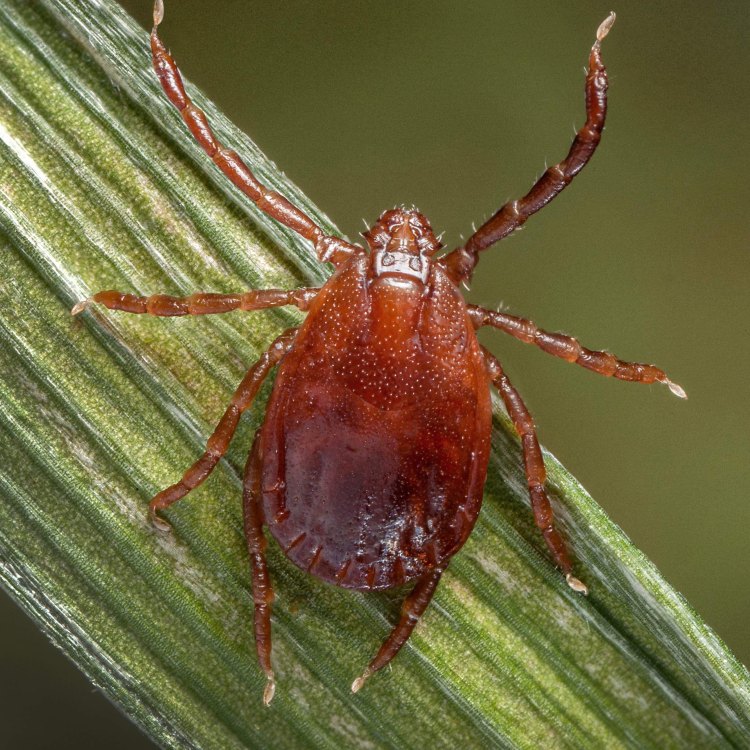
Tick
- Adult Size: Varies depending on species
- Average Lifespan: 2-3 years
- Reproduction: Eggs
- Reproductive Behavior: Sexual
- Sound or Call: None
- Migration Pattern: Non-migratory
- Social Groups: None
- Behavior: Burrows into the skin of its host and feeds on blood
- Threats: Can transmit diseases to humans and animals
- Conservation Status: Not evaluated
- Impact on Ecosystem: Can have negative impact on livestock and wildlife
- Human Use: None
- Distinctive Features: Four pairs of legs, distinct mouthparts
- Interesting Facts: Ticks are known for transmitting diseases such as Lyme disease and Rocky Mountain spotted fever
- Predator: Various predators including birds, reptiles, and mammals
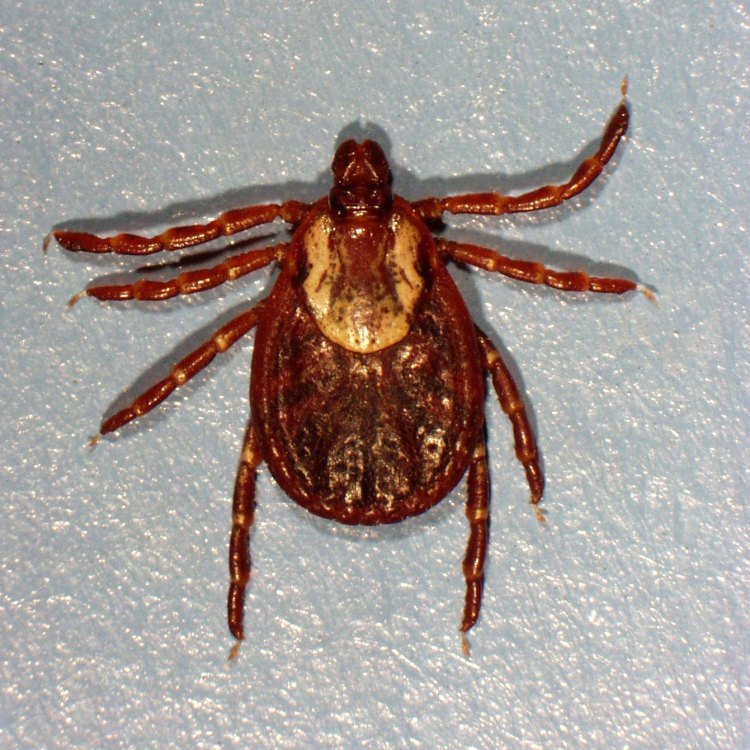
Ixodida
Tick: The Tiny Parasite with a Big Impact
When we think of dangerous animals, we often picture large predators like sharks, lions, or crocodiles. But there is one tiny creature that can have a big impact on both humans and the ecosystem - ticks. These tiny parasites are often overlooked, but they play a crucial role in our environment and can also be carriers of deadly diseases.Ticks are small arachnids that belong to the order of parasitiformes PeaceOfAnimals.Com. They can be found all over the world, with the exception of Antarctica. There are over 900 different species of ticks, each with its own unique characteristics and behaviors. Some of the common species of ticks include deer ticks, dog ticks, and brown dog ticks.
One of the most distinctive features of ticks is their size. While their adult size can vary depending on the species, most ticks are only a few millimeters in length. This makes them almost invisible to the naked eye, and they often go unnoticed until they have attached themselves to a host. Despite their tiny size, ticks have a big impact on the environment and the animals (including humans) that they parasitize.
Ticks have a relatively short lifespan of 2-3 years, during which they undergo four developmental stages - egg, larvae, nymph, and adult. They reproduce through eggs, which are often laid in the soil or on vegetation Tawny Mining Bee. The reproductive behavior of ticks is purely sexual, with males and females mating to produce offspring.
Unlike many other animals in the animal kingdom, ticks do not have a sound or call. They communicate through chemical signals and can also detect vibrations to locate their hosts. Ticks have a non-migratory migration pattern, meaning they do not move from one place to another in search of food or shelter. Instead, they rely on their hosts to provide them with what they need.
Ticks are solitary creatures and do not live in social groups. However, they often cluster together on vegetation, waiting for a potential host to come by. This behavior makes them more effective at finding a host and ensures a higher chance of survival.
Ticks are known for their unique feeding behavior. Instead of biting and sucking blood like mosquitos, ticks burrow into the skin of their hosts and feed on their blood. This can be a painful and unpleasant experience for the host. But for ticks, it is their way of survival. They have specialized mouthparts that allow them to attach themselves firmly to the skin and feed continuously for several days.
While ticks may seem like a nuisance, they can also pose a threat to humans and animals. Ticks are known to transmit diseases, making them one of the most dangerous creatures in the world. Lyme disease and Rocky Mountain spotted fever are two of the most well-known diseases that ticks can transmit. These diseases can be debilitating and even fatal if not treated promptly.
But it's not just humans that are at risk. Ticks can also transmit diseases to animals, including livestock and wildlife. This can have serious consequences, both for the animals and the people who depend on them for food and resources. In some cases, ticks can even cause economic losses, as farmers may lose their livestock to tick-borne diseases.
Despite their role as disease carriers, ticks are not evaluated for conservation status. This is because they are not considered a threatened or endangered species. In fact, their population is often viewed as a pest, and many efforts are made to control their numbers to reduce the risk of disease transmission.
Apart from their impact on human and animal health, ticks can also have a negative impact on the ecosystem. In some cases, ticks can cause the decline of certain species by parasitizing on them and spreading diseases. This can disrupt the balance of the ecosystem and have a ripple effect on other species.
Humans have not found any direct use for ticks. However, their saliva contains an anti-coagulant that is being studied for its potential use in medicine. This substance can help prevent blood clotting, making it useful for treating conditions such as heart attacks and strokes.
Ticks have some distinctive features that set them apart from other parasites. They have four pairs of legs and a body divided into two parts - the cephalothorax and abdomen. They also have prominent mouthparts that are used for feeding and attaching to their hosts. These features make them easily identifiable and distinguishable from other parasitic creatures.
Now, let's dive into some interesting facts about ticks. As mentioned earlier, ticks are known for their ability to transmit diseases. However, what some people may not know is that they are also preyed upon by various animals. Birds, reptiles, and mammals like lizards, quails, and shrews are some of the common predators of ticks. This is nature's way of keeping the tick population in check and helping to control the spread of diseases.
In conclusion, ticks may be small and often overlooked, but they play a significant role in our environment. They may have a negative impact on the ecosystem and can be carriers of deadly diseases, but they also provide us with unique insights into the intricate web of life on our planet. It's crucial to understand the importance of ticks and take necessary precautions to protect ourselves and the environment from their potential harm. So the next time you come across a tick, remember that it's more than just a tiny parasite - it's a fascinating creature with a big impact.
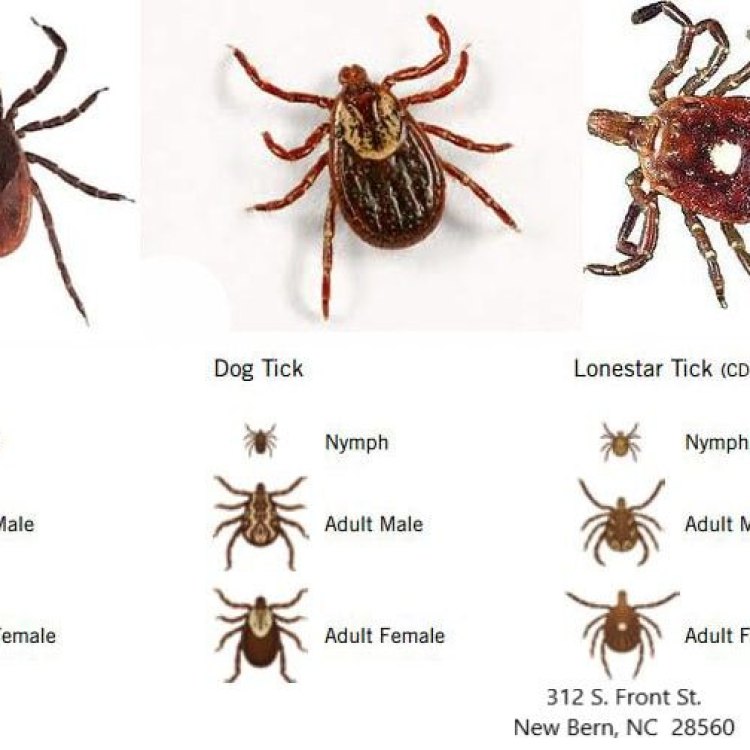
The Tiny But Mighty Tick: How This Creature Survives Around The World
Disclaimer: The content provided is for informational purposes only. We cannot guarantee the accuracy of the information on this page 100%. All information provided here may change without prior notice.

